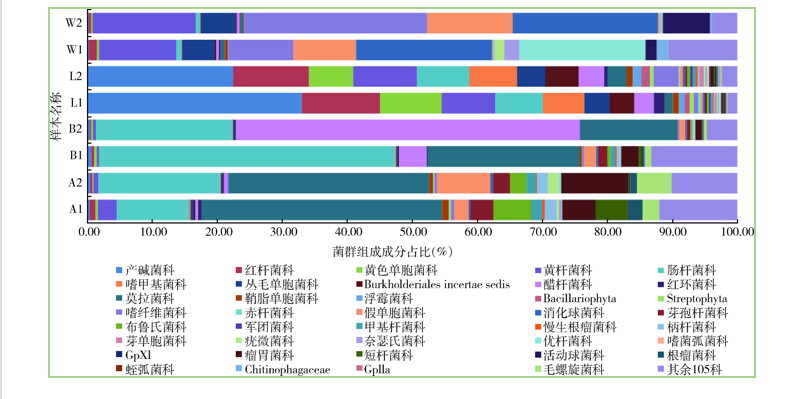 PDF(958 KB)
PDF(958 KB)


基于16S rRNA高通量测序的现场中华按蚊及其孳生地水体菌群结构研究
董昊炜, 南春燕, 周秋明, 袁浩, 李翔宇, 彭恒, 马雅军
中国媒介生物学及控制杂志 ›› 2021, Vol. 32 ›› Issue (5) : 533-540.
 PDF(958 KB)
PDF(958 KB)
 PDF(958 KB)
PDF(958 KB)
基于16S rRNA高通量测序的现场中华按蚊及其孳生地水体菌群结构研究
 ({{custom_author.role_cn}}), {{javascript:window.custom_author_cn_index++;}}
({{custom_author.role_cn}}), {{javascript:window.custom_author_cn_index++;}}Composition of microbiota in Anopheles sinensis and water in larvae breeding site: A study based on 16S rRNA high-throughput sequencing
 ({{custom_author.role_en}}), {{javascript:window.custom_author_en_index++;}}
({{custom_author.role_en}}), {{javascript:window.custom_author_en_index++;}}
| {{custom_ref.label}} |
{{custom_citation.content}}
{{custom_citation.annotation}}
|
/
| 〈 |
|
〉 |